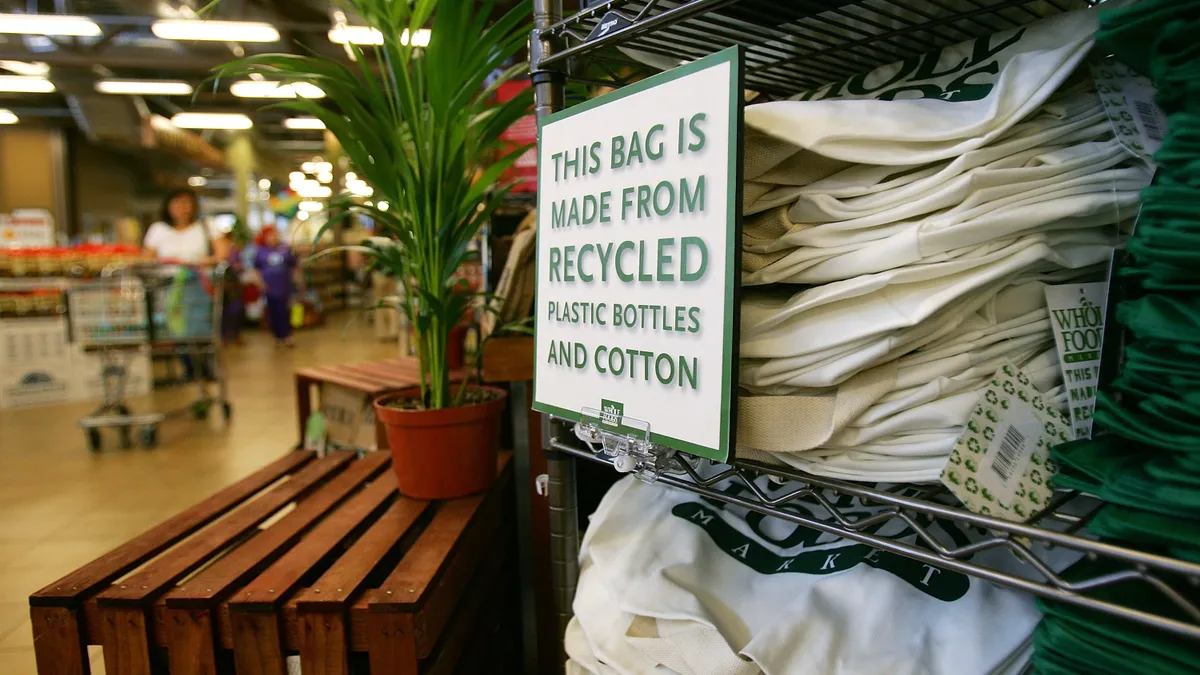With sustainability priorities becoming one of the biggest components of a company’s reputation, they can often be the competitive edge needed to become the brand of the choice.
Procurement plays a pivotal role in ensuring sustainability goals become reality, especially since a business' environmental footprint is largely tied to their suppliers. But cost pressures and other risks can make it difficult for many teams to know where to start.
Below are five key steps to drive sustainability:
1. Make sustainable procurement compulsory
For existing products, it may take time to switch to sustainable options based on feasibility and cost impact. However, wherever possible and for any new product, make it mandatory to go for green options. It’ll help to steadily progress forward on the sustainability journey.
When green materials are harder to find, seek out partnerships with companies that are working toward new solutions. For instance, L'Oréal recently partnered with biotechnology platform Geno to develop sustainable alternatives to ingredients.
2. Develop supplier sustainability scorecard
Management visionary Peter Drucker once said: “What gets measured gets improved."
Procurement folks should take this to heart in all matters, including sustainability. Develop a dashboard to measure Scope 1, 2 & 3 emissions to inform future decisions.
Additionally, organizations can start recognizing and rewarding the suppliers on an annual basis for their sustainability efforts to keep them motivated.
3. Share experiences and learn from others
Sustainability is an evolving field and procurement may not have all the answers. Meaningful engagement with suppliers or other industry experts can help you to find a fix for your problem.
For instance, I once noticed that my carton supplier had switched from plastic shrink wraps to reusable belts for pallet storage. I shared this practice with our manufacturing teams and it helped us, too, cut down on plastic.
Being connected to external world, procurement people can bring in lot of value through learning and sharing.
4. Invest in technology
Technology can help fine tune the processes and help make decisions around sustainability.
For instance, the use of digital twin technology in our manufacturing setup helped us to optimize the consumption of energy and water, leading to positive impact in sustainability KPIs.
Similarly, AI has the ability to assess millions of data sources and come up with the recommendations for sustainability alternatives. Procurement should invest in technology to get the benefit at scale.
5. Celebrate your successes
There is a general misconception that sustainability initiatives come at a cost, which may not always be true. In our sustainability efforts, for example, we optimized our packaging specifications to save millions of dollars and reduce plastic usage, all without impacting product efficacy.
As a strategic value creator, procurement shouldn't be shy about sharing the benefits of more sustainable practices with the leadership team. Doing so could get more partners on your side, furthering your momentum.
The next five years will be exhilarating, yet challenging, as procurement professionals race to help build greener supply chains. With patience, commitment and innovation, businesses can position themselves to be leaders in sustainability.
Praveen Kumar Soni is a procurement manager at Colgate-Palmolive.













